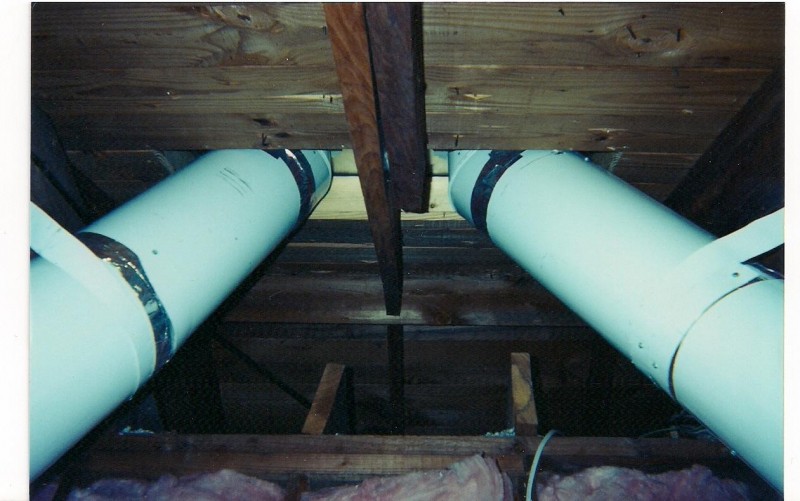Down to the edge: Protecting your home from the elements

By GAF.
The roof edge trim of your home is a small but crucial component to maintaining the structural integrity of your roof. Understand these components and learn how to keep them properly maintained.
Eaves, soffits and fascia are crucial components of your roof system but are frequently overlooked. Each part of a roofing system works together to protect your home from the elements. While these smaller components may seem similar, each serves a unique purpose to support the structural integrity and aesthetic appeal of your roof. Understanding the differences between each component and ensuring they are properly maintained can help you avoid costly repairs while keeping your family protected from the elements.
Eaves, soffits and fascia differences
Eaves are the parts of the roof that extend beyond the sidewalls of your home. They help guide rainwater off your roof system and away from your home, protecting the siding and foundation from water damage and providing shade to the sides of the home. Roof eaves can also play a big part in your home's aesthetic.
The roof edge trim is made up of soffits and fascia. Soffits are boards or cladding that sit below the eaves and cover their insides; they connect the roof's exterior with the sides of the house. By covering the inside of the eaves and thus protecting the rafters, they help reduce the risk of water damage and discourage pests from nesting there. Vents are typically installed on the soffits to help provide critical intake ventilation for attics.
Fascia boards are located at the roof's edge along the eaves, connecting with the soffits underneath them. Gutters are commonly attached to the fascia boards. Like soffits, they protect the roof edges against the elements by acting as a barrier. They can also contribute to curb appeal.
Why these roof materials rot
Your roof works by directing rainwater to fall off the eaves and flow through the gutters into downspouts. However, that's not always the case. Sometimes, water makes its way beneath the eaves into your soffits and fascia. This is particularly likely if you have clogged gutters or downspouts.
When these features can't do their jobs correctly, excess water soaks the wood fascia and soffit, causing rot and discoloration. Homes usually have a roof drip edge installed on the eaves and rakes to prevent this from happening. If you already have a drip edge installed and your soffits, eaves or fascia are still rotting, it might mean your drip edge is damaged and needs to be replaced.
What to do when your soffits or fascia rot
As soon as you notice any rotting on your wood soffits or fascia, you'll want to replace them immediately. The rot can worsen over time as it encounters more moisture, potentially leading to mold and mildew growth. Untreated rot can also lead to structural damage if the water spreads to the rafters below the eaves. In the worst situations, excessive moisture can even reach the drywall and insulation inside your home.
You'll likely need to decide whether to replace the roof trim or the entire roof. Your decision depends on whether the rot has only damaged the roof edge trim or has affected other roofing materials, such as the shingles.
If your roof has already reached its expected lifespan, it may be more cost-efficient to replace everything at one time. This will also allow you to create a cohesive and consistent roof aesthetic.
Instead of trying to determine the extent of the damage on your own, leave it up to a professional who knows exactly what to look for. Call a GAF-certified roofing contractor to inspect your roof. They can assess your roof's condition and determine what needs to be replaced.
Original article and photo source: GAF
Learn more about GAF in their Coffee Shops Directory or visit www.GAF.com.









Comments
Leave a Reply
Have an account? Login to leave a comment!
Sign In